
Royal Enfield has introduced the Hunter 350 motorcycle in India as a remixed roadster (it looks at lot like a Scrambler) without sacrificing the character typical of a Royal Enfield motorcycle.
Stylish and compact-yet-muscular, the Hunter 350 also reflects functionality and simplistic design ingenuity. Built on the award-winning 350cc J-series platform, combined with a highly flickable Harris Performance chassis, the Hunter delivers agility without fragility on city streets and sheer, grin-inducing pleasure on the open road.
Other than the compact geometry, nimble steering and confident braking, the motorcycle features wider alloys and tubeless tyres. Sharing its 350-cc engine will the Meteor, the Hunter 350 comes in two distinct editions - Retro Hunter and Metro Hunter. Both are finished with on-trend, blacked-out engines and components.
The Retro Hunter runs on 17-inch spoked wheels and has a 300 mm front disc brake combined with a 6-inch rear drum brake, single channel ABS, an uncluttered retro-styled digital-analogue instrument cluster that displays just the right amount of essential information and a choice of two classical, single-colour tanks.
The Metro Hunter has a more contemporary look with dual-colour liveries, cast alloy wheels, wide tubeless tyres, and rounded rear lights. There are five colour-ways across two editions on the Metro Hunter. A selection of three chic tank colour and graphics options on one edition, and the top of the range edition, finished with a choice of three of the most distinctive and disruptive petrol tank designs ever to adorn a Royal Enfield. It is also compatible with Royal Enfield's acclaimed Tripper TBT navigation which is available to order as a Genuine Motorcycle Accessory.
Both Metro editions are equipped with alloy wheels and wider 110/70 x 17-inch front and 140/70 x 17-inch rear tubeless tyres for superior handling and muscular good looks, 300mm front and 270mm rear disc brakes, dual channel ABS, and a handy centre stand. An LED tail lamp and premium digital-analogue instrument cluster that displays odometer, tripmeter, gear indicator, fuel graph bar with low fuel warning, clock and a service reminder complete this stylish package. All Hunter editions feature uncluttered handlebar controls, their rotary power and lighting switches giving a gentle nod to the past, and are fitted with a USB charging port.
The Hunter was conceived and developed by the talented designers and engineers at Royal Enfield’s two state-of-the-art technology centers, in India and the UK, and renowned chassis experts, Harris Performance. Their mission was to deliver an exhilarating ride experience.
The chassis geometry on the Hunter 350 is designed to give the optimal height-to-weight ratio while offering superior comfort, thanks to its wide, long, one-piece seat. With revised rake and trail angles, a lower 800 mm seat height and shorter wheelbase, the Hunter’s exceptional maneuverability encourages greater confidence when carving through cramped streets and feels planted and stable in every location and situation.
The 349-cc air-oil cooled single cylinder engine of the Hunter is fuel-injected and produces 20.2 bhp at 6100 rpm and 27 Nm of torque at 4000 rpm. It ensures a strong, low-end grunt, super smooth linear power delivery with an engine calibration to give a lively throttle response and a distinctive exhaust note. With a primary balancer shaft to cut down vibrations, the engine is tuned to make the motorcycle feels responsive and refined. The gearbox is a 5-speed unit.
B Govindarajan, CEO, Royal Enfield, said, “At Royal Enfield we are closely engaged with our consumers and community. Their desires and aspirations shape the motorcycles we make and we are always looking to create newer experiences and newer formats of pure motorcycling for them. There were always a set of passionate motorcyclists that loved our brand, but did not find the right kind of attitude within our portfolio. The Hunter 350 is for them. It is a motorcycle that combines the strengths of seemingly different species, and brings it together in a super stylish and fun package that is an all-new flavour of pure motorcycling with the unmistakable Royal Enfield character.”
Bajaj Auto Intros Updated Pulsar 150 Range At INR 108,772
- By MT Bureau
- December 24, 2025
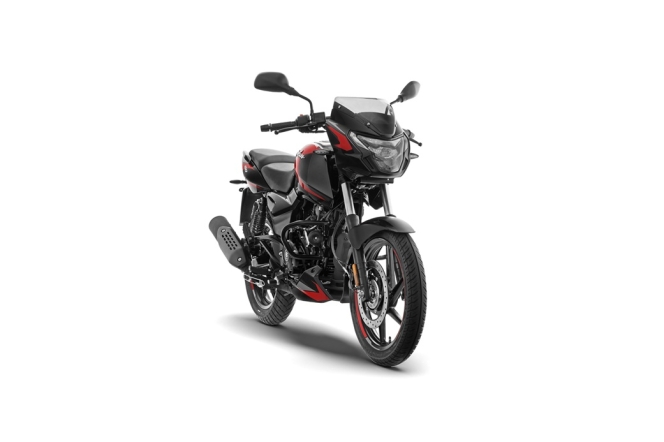
Bajaj Auto, one of the leading two-wheeler and three-wheeler manufacturers, has updated its popular Pulsar 150 motorcycle range. The updates include the introduction of LED headlamps and LED blinkers to the model, which the company states is intended to improve visibility and usability while maintaining the vehicle's design identity.
The updated range is available at the following ex-showroom Delhi prices – Pulsar 150 SD at INR 108,772, Pulsar 150 SD UG at INR 111,669 and Pulsar 150 TD UG at INR 115,481.
The motorcycle retains its frame and stance, though Bajaj has introduced new colour options and graphics. The Pulsar 150 continues to utilise DTS-i (Digital Twin Spark-ignition) technology, which uses two spark plugs to ignite the air-fuel mixture in the combustion chamber, intended to improve combustion efficiency and power output.
The update focuses on integrating modern lighting components into the existing platform, which originally established the sports motorcycling segment in India.
Sarang Kanade, President, Motorcycle Business Unit, Bajaj Auto, said, “The Pulsar 150 has defined performance motorcycling for generations. With this update, we have preserved its classic character while thoughtfully adding modern LED lighting, ensuring the Pulsar 150 remains relevant, recognisable and Definitely Daring.”
Suzuki Motorcycle India Conducts Access Mileage Contest In Palwal
- By MT Bureau
- December 24, 2025
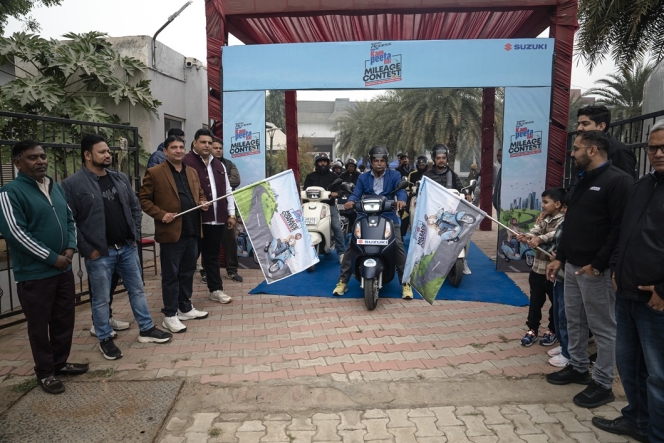
Suzuki Motorcycle India (SMIPL), the subsidiary of Suzuki Motor Corporation, Japan, held a mileage contest for the Suzuki Access scooter in Palwal. The event involved 35 participants, including current owners and prospective buyers, to test the fuel efficiency of the scooter under city driving conditions.
The initiative is part of the brand’s ‘Pickup Bhi, Mileage Bhi’ strategy, which focuses on balancing engine performance with fuel economy and build quality.
The event was organised in partnership with RV Suzuki in Palwal. The participants, all of whom had purchased their scooters within the last year, followed a specific testing protocol: a designated 20-kilometre circuit on city roads, scooters were operated on a full tank, then refilled at the end of the journey to calculate the exact fuel consumed. Potential customers were provided with test rides and the opportunity to interview existing owners regarding reliability and comfort.
Deepak Mutreja, Vice-President, Sales & Marketing, Suzuki Motorcycle India, said, “The Suzuki Access Mileage Contest places a strong focus on fuel efficiency, bringing our brand promise of ‘Pickup Bhi, Mileage Bhi, Shandar Quality Ke Sath’ to life. By riding on city roads, participants experience the scooter’s real-world mileage. Along with mileage, customers also get to experience the quality and reliability that have made the Access a trusted choice of over 6 million customers. We appreciate the participation from customers in Palwal. We will continue to extend such on-ground initiatives to more cities across India, allowing customers to connect closely with out two-wheelers and witness their performance firsthand.”
The company intends to expand these on-ground initiatives to additional cities across India to demonstrate the performance of its two-wheeler portfolio in local environments.
Ola Electric Launches Hyperservice Centres With Same-Day Service Guarantee
- By MT Bureau
- December 23, 2025
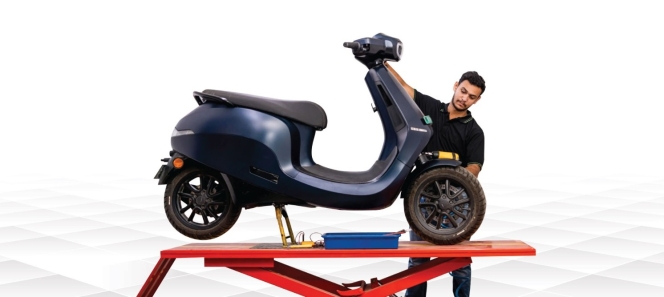
Bengaluru-based electric vehicle maker Ola Electric has expanded its Hyperservice initiative by launching dedicated centres that offer a same-day service guarantee for eligible customers at no extra cost. The company will upgrade its existing service infrastructure into Hyperservice Centres, beginning with a facility in Indiranagar, Bengaluru.
The expansion is intended to reduce service lead times and increase transparency through a digital workflow.
The Hyperservice Centres include several facilities for customers and technical upgrades for vehicle maintenance. The waiting area includes a lounge and Wi-Fi connectivity for customers. Real-time visibility of the servicing stages is provided via the Ola Electric app. Going forward, the company plans to upgrade selected centres across India in the coming weeks.
Ola Electric has also transitioned Hyperservice into an open platform. This move makes the company’s spare parts, diagnostic tools, and training modules available to independent garages, mechanics, and fleet operators.
Under this model, parts can be purchased directly through the Ola Electric app or website. This is intended to allow garages and customers to access components without the use of intermediaries.
“As part of the ongoing service upgrade we are reimagining many of the fundamental aspects of the service experience. We see it as a core part of Ola ownership, and it needs the same level of innovation as the product itself. With Hyperservice Centres, we are setting a new benchmark – same-day service guarantee. At no extra cost for any customer. This is about using technology, process redesign and scale to remove friction and give every Ola customer a faster, simpler and more transparent service experience,” said the company in a statement.
The company has rolled out an in-app service appointment feature nationwide. The tool allows users to select service slots, track the status of their vehicle, and manage maintenance requirements within the unified platform to replace traditional booking methods.
Hajime Aota Appointed Chairman Of Yamaha Motor India Group
- By MT Bureau
- December 23, 2025
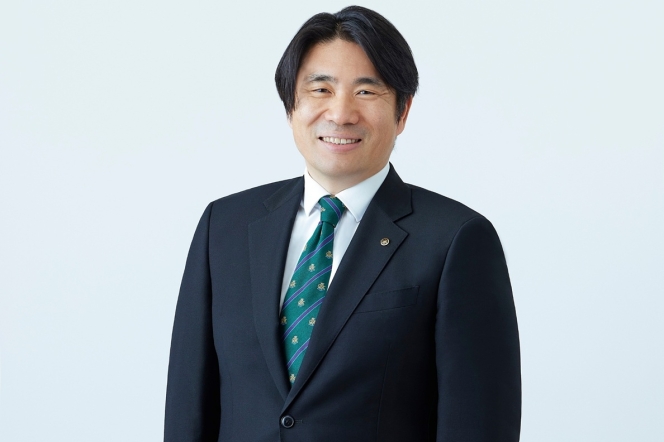
India Yamaha Motor, one of the leading two-wheeler manufacturers in the country, has announced the appointment of Hajime Aota as the Chairman of Yamaha Motor India Group, effective from 1 January 2026. He is set to succeed Itaru Otani, who held the position since November 2024.
The appointment comes as Yamaha continues its focus on the premium segment and digital integration within the Indian two-wheeler market.
Aota joins the Indian operations with experience in corporate strategy, planning and venture business development. He has held leadership roles in Japan, the United States and the United Kingdom.
Prior to this role, Aota served as Executive Officer at Yamaha Motor Co, and Chief General Manager of the Corporate Strategy Centre at the global headquarters in Japan. In these positions, he managed corporate strategy, sustainability and digital transformation.
He has also worked as Chairperson of Yamaha Motor Ventures & Laboratory Silicon Valley (YMVSV) overseeing investments in robotics, transportation, fintech and health technologies. He has also contributed towards Yamaha Motor Group’s long-term growth strategy.
Aota is a graduate of Keio University and holds a qualification from the Program for Leadership Development at Harvard Business School.
Hajime Aota, said, “I am very excited to begin my journey in India, one of the world’s most dynamic and diverse two-wheeler markets. The rapidly evolving aspirations of Indian consumers, especially the youth, align strongly with Yamaha’s focus on premium products, innovation, and a customer-centric approach. Leading Yamaha in India is a significant responsibility, and my focus is on strengthening the brand by delivering products that seamlessly combine Yamaha’s global engineering excellence with the evolving needs of Indian riders. I look forward to working closely with our teams and partners to drive sustainable growth and reinforce Yamaha’s presence in this important market.”


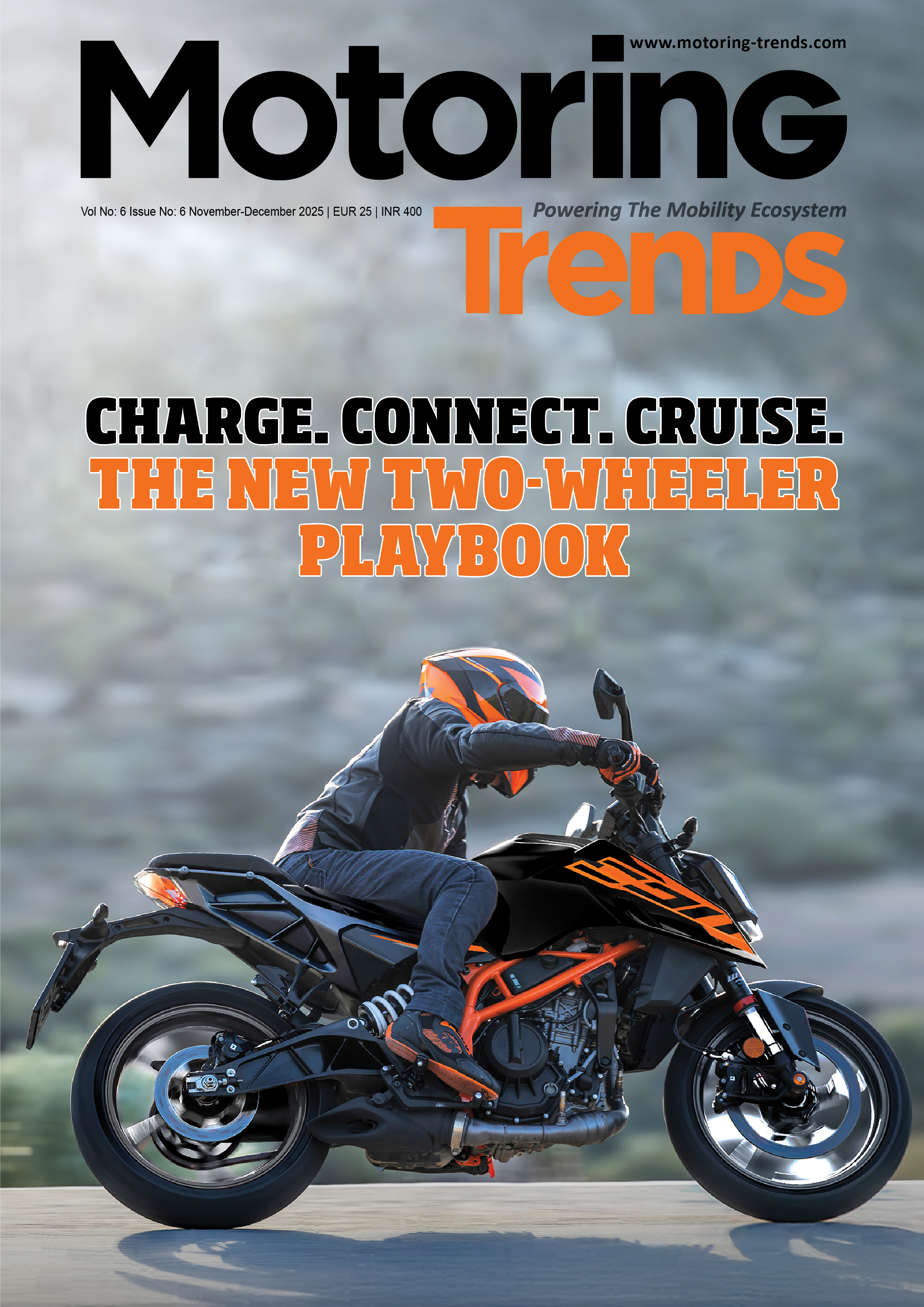
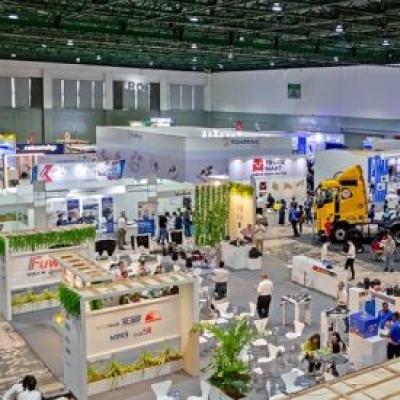


Comments (0)
ADD COMMENT